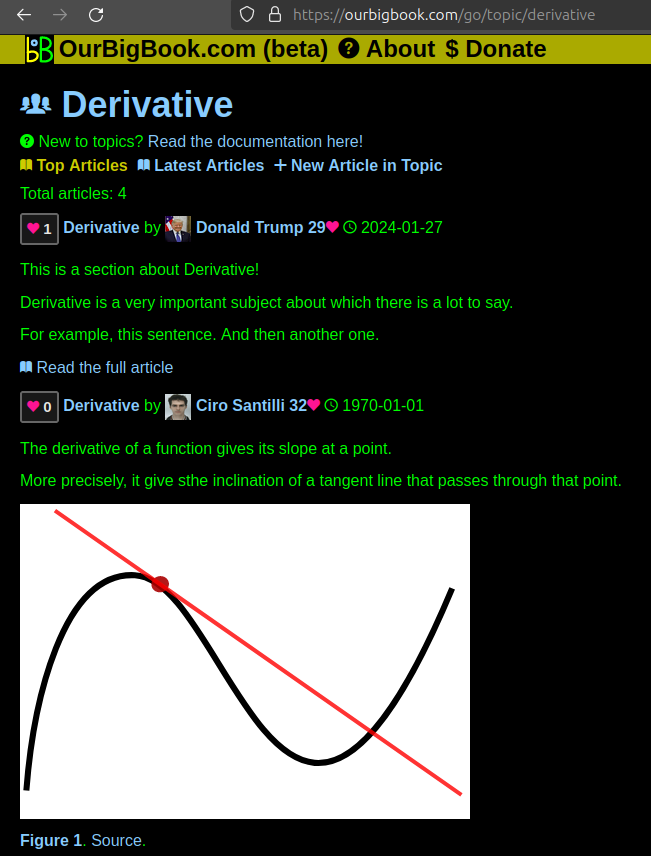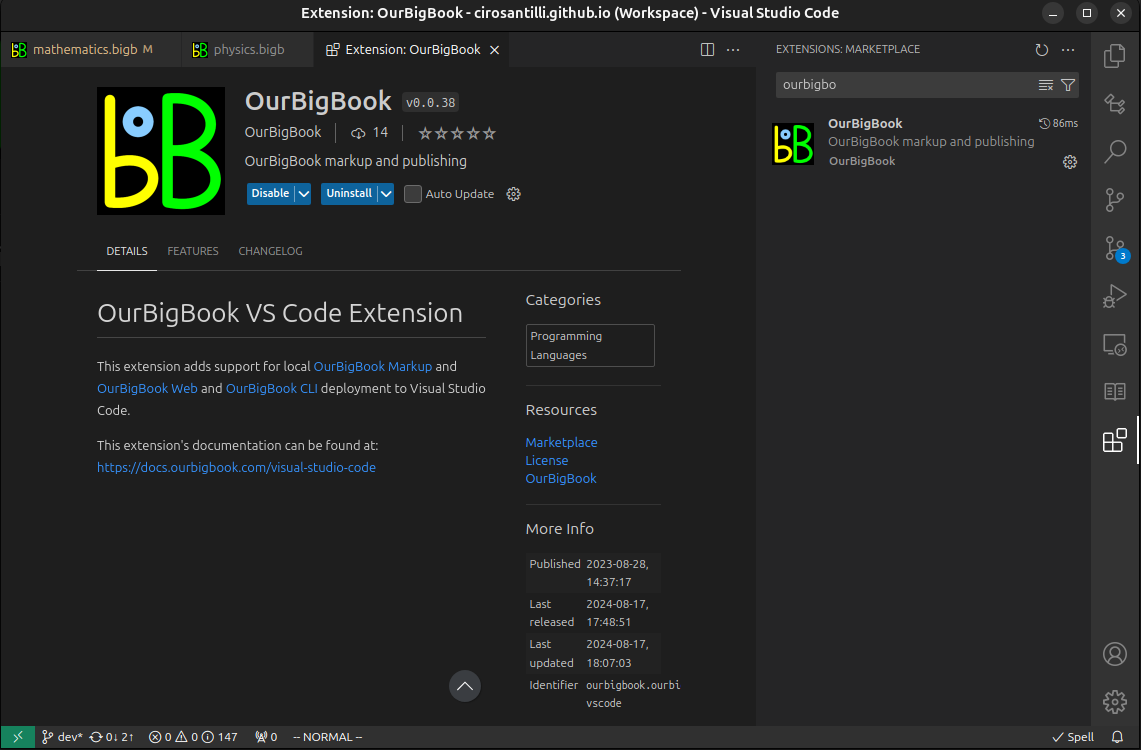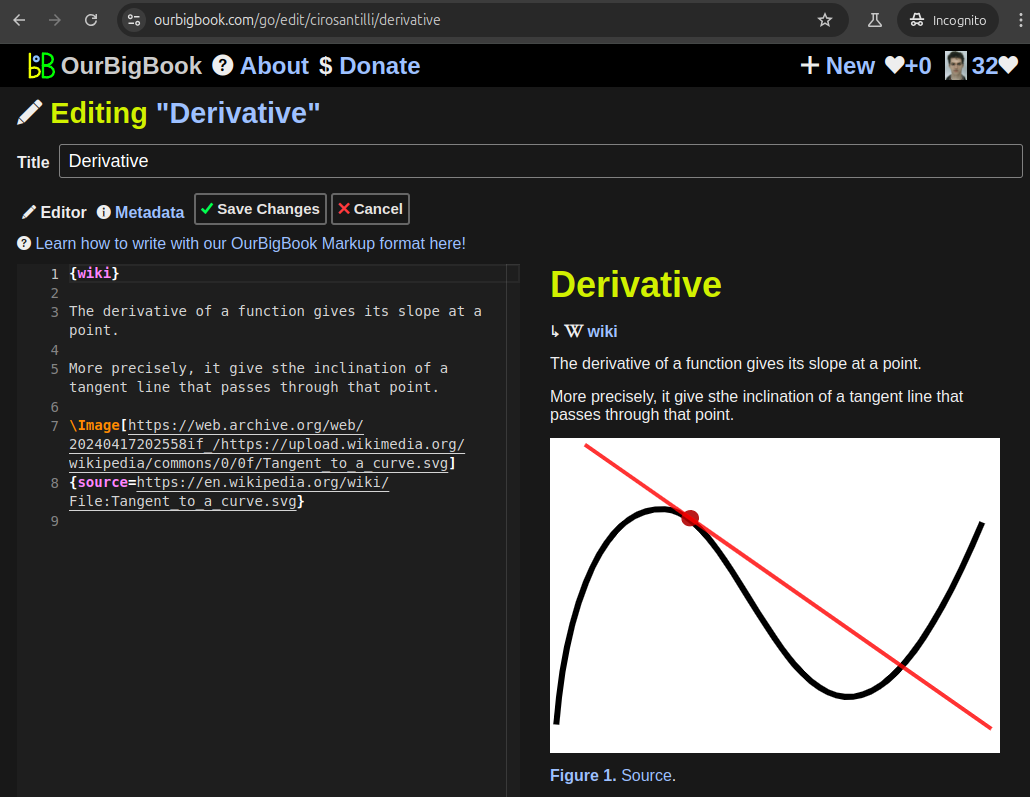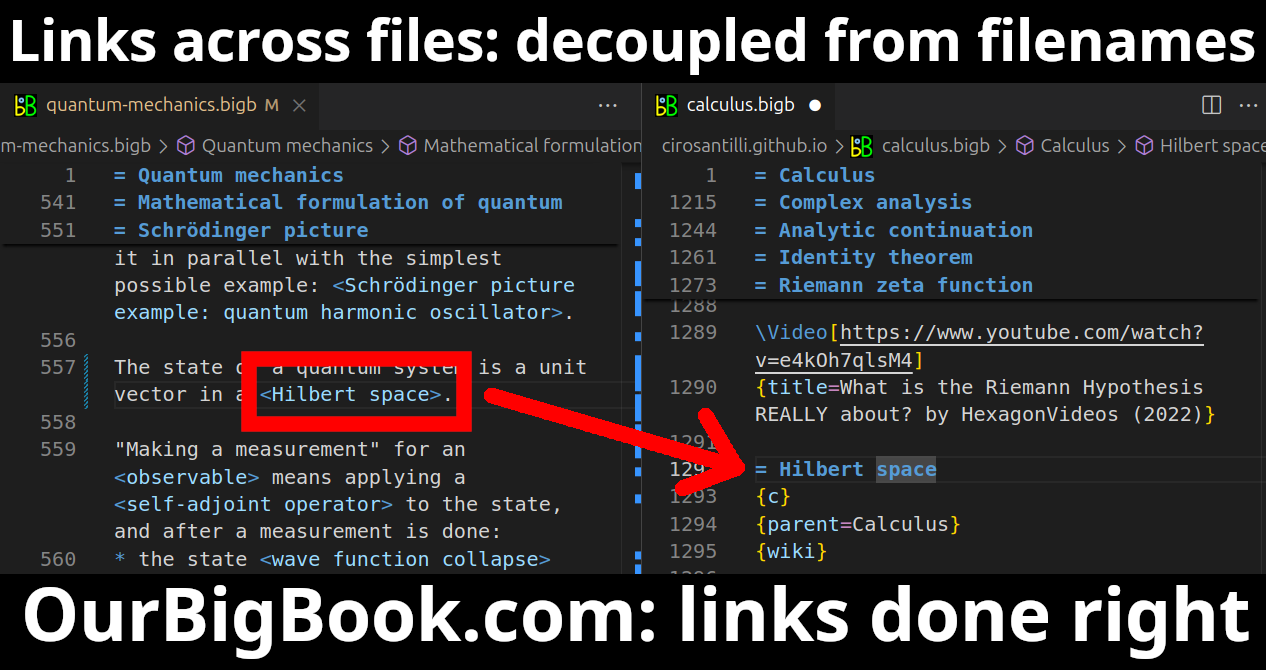Joan Adler could refer to various individuals or entities depending on the context. In some cases, it might refer to a specific person, such as an author, artist, or public figure. Without more context, it's difficult to pinpoint exactly who or what "Joan Adler" refers to. If you have a specific field (like literature, art, etc.
John Dewey Academy of Learning is a school that embodies the educational philosophies of John Dewey, who was a prominent American philosopher and educator. Dewey advocated for experiential learning, critical thinking, and a focus on democratic principles in education. Specifically, the John Dewey Academy of Learning often emphasizes personalized education, collaborative learning experiences, and integration of real-world problem-solving into the curriculum.
John Frederic Daniell (1790–1845) was an English chemist and inventor best known for his contributions to the field of electrochemistry. He is most famous for developing the Daniell cell in 1836, which was an early type of electrochemical cell that used a copper sulfate solution and a zinc electrode. The Daniell cell improved upon previous galvanic cells by providing a more stable and reliable source of electric current.
Rebar, short for "reinforcing bar," is a steel bar or mesh of steel wires used as a tension device in reinforced concrete and masonry structures. It helps to improve the tensile strength of the concrete, which is strong in compression but weak in tension. Rebar provides additional support and stability, helping to prevent cracking and failure in structural components. Rebar comes in various sizes and grades, typically identified by a numeral system that denotes its diameter and tensile strength.
Regression Discontinuity Design (RDD) is a quasi-experimental research design used to identify causal effects of interventions by assigning a cutoff or threshold score on a continuous assignment variable. When an intervention is implemented based on a specific criterion, RDD can help estimate the treatment effect by comparing observations just above and below this cutoff. This method is particularly useful when random assignment is not feasible, allowing researchers to draw causal inferences from observational data. ### Key Components of RDD 1.
Reinforced thermoplastic pipe (RTP) is a type of piping system made from thermoplastic materials that are reinforced with fibers or other materials to enhance their strength and performance characteristics. RTP combines the advantages of thermoplastics, such as corrosion resistance, lightweight nature, and flexibility, with the increased mechanical strength provided by the reinforcement.
Renato Mannheimer is an Italian statistician and public opinion expert known for his work in the fields of market research, political analysis, and social research. He has contributed significantly to the understanding of public opinion trends in Italy. Mannheimer is often involved in analyzing electoral behavior and has provided insights into the political landscape through his consultancy and media appearances. His expertise also encompasses polling methodologies and the interpretation of survey data.
Retrodiction is the process of inferring past states or events based on current or present data and knowledge. It is a form of reasoning that works in the opposite direction of prediction. While prediction looks forward to forecast future events or states from current information, retrodiction seeks to reconstruct or deduce what must have happened in the past to result in the current circumstances. Retrodiction is often used in various fields, including science, history, and data analysis.
Richard A. Lanham is a professor of English at the University of California, Los Angeles (UCLA), known for his work in the fields of rhetoric, technology, and digital humanities. He has written several influential books and articles, exploring topics such as the impact of technology on communication, the nature of writing, and the ethics of rhetoric in a digital age.
Richard Swan is an author known for his contributions to the fantasy genre. He gained recognition for his debut novel "The Justice of Kings," which is part of the Empire of the Wolf series. The story combines elements of fantasy and mystery, featuring a protagonist who serves as a judge and investigator in a richly developed world. Swan's writing is characterized by intricate world-building and complex characters, appealing to fans of epic fantasy.
The Rising Sun Lemma is a concept from the field of real analysis and measure theory. It is primarily used in the context of integration and measure theory, especially in relation to the properties of increasing sets or functions.
The Robertson–Wegner graph, often discussed in the context of combinatorial graph theory and vertex properties, is a specific type of graph used to illustrate certain structural characteristics in graph theory, particularly for the study of certain properties of graphs such as vertex colorability and independence. ### Key Features 1. **Vertices and Edges**: The Robertson–Wegner graph is illustrated with a specific set of vertices and edges that meet certain combinatorial criteria.
Robert Waller is an American political commentator, author, and pundit known for his insights on various political issues, particularly those affecting rural America and the working class. He gained prominence for his analyses and viewpoints on the dynamics of American politics, often focusing on the emotional and cultural factors that influence voters. Waller has contributed to discussions on the political landscape through various media platforms and is recognized for his ability to articulate the sentiments of regions that are often overlooked in mainstream political discourse.
Robot ethics is a branch of applied ethics that deals with the moral implications and responsibilities associated with the design, development, deployment, and usage of robots and artificial intelligence (AI). As robots and AI systems become more integrated into various aspects of society, including healthcare, manufacturing, transportation, and personal assistance, ethical considerations regarding their interaction with humans and the environment have become increasingly important.
The Rollo Davidson Prize is an award established in 1975 in memory of Rollo Davidson, a promising mathematician who passed away at a young age. The prize is given annually to individuals who have made significant contributions in the field of probability. It specifically aims to recognize innovative research and young researchers who have shown exceptional ability in the area of probability theory and its applications. The prize often highlights work that is considered to be both original and impactful within the statistical community.
Russian information theorists refer to a group of scientists and researchers from Russia who have made significant contributions to the field of information theory and related areas such as coding theory, cryptography, and data transmission. Notable figures in this area include: 1. **Andrey Kolmogorov**: Although primarily known for his work in probability theory and statistics, Kolmogorov's concepts have deep implications for information theory, particularly in terms of randomness and information content.
The RV Sally Ride is a research vessel operated by the Scripps Institution of Oceanography at the University of California, San Diego. Named after Dr. Sally Ride, the first American woman in space, the vessel is primarily used for oceanographic research, including studies of marine ecosystems, ocean circulation, and climate change. The RV Sally Ride is equipped with advanced technology and instruments that allow scientists to conduct a wide range of research activities, including sample collection and data acquisition.
As of my last update in October 2023, there is no widely known individual named Samuel Christian Hollmann in major news, literature, or public records. It's possible that he could be a private individual, a figure who has gained prominence after that date, or a character in a specific context such as literature or media.
Scientific communication refers to the process of sharing and disseminating scientific knowledge, findings, and ideas among various audiences, including researchers, policymakers, the public, and students. It encompasses a variety of formats and channels, including: 1. **Research Papers**: Peer-reviewed articles published in scientific journals that present original research, reviews, or meta-analyses.
Pinned article: Introduction to the OurBigBook Project
Welcome to the OurBigBook Project! Our goal is to create the perfect publishing platform for STEM subjects, and get university-level students to write the best free STEM tutorials ever.
Everyone is welcome to create an account and play with the site: ourbigbook.com/go/register. We belive that students themselves can write amazing tutorials, but teachers are welcome too. You can write about anything you want, it doesn't have to be STEM or even educational. Silly test content is very welcome and you won't be penalized in any way. Just keep it legal!
Intro to OurBigBook
. Source. We have two killer features:
- topics: topics group articles by different users with the same title, e.g. here is the topic for the "Fundamental Theorem of Calculus" ourbigbook.com/go/topic/fundamental-theorem-of-calculusArticles of different users are sorted by upvote within each article page. This feature is a bit like:
- a Wikipedia where each user can have their own version of each article
- a Q&A website like Stack Overflow, where multiple people can give their views on a given topic, and the best ones are sorted by upvote. Except you don't need to wait for someone to ask first, and any topic goes, no matter how narrow or broad
This feature makes it possible for readers to find better explanations of any topic created by other writers. And it allows writers to create an explanation in a place that readers might actually find it.Figure 1. Screenshot of the "Derivative" topic page. View it live at: ourbigbook.com/go/topic/derivativeVideo 2. OurBigBook Web topics demo. Source. - local editing: you can store all your personal knowledge base content locally in a plaintext markup format that can be edited locally and published either:This way you can be sure that even if OurBigBook.com were to go down one day (which we have no plans to do as it is quite cheap to host!), your content will still be perfectly readable as a static site.
- to OurBigBook.com to get awesome multi-user features like topics and likes
- as HTML files to a static website, which you can host yourself for free on many external providers like GitHub Pages, and remain in full control
Figure 3. Visual Studio Code extension installation.Figure 4. Visual Studio Code extension tree navigation.Figure 5. Web editor. You can also edit articles on the Web editor without installing anything locally.Video 3. Edit locally and publish demo. Source. This shows editing OurBigBook Markup and publishing it using the Visual Studio Code extension.Video 4. OurBigBook Visual Studio Code extension editing and navigation demo. Source. - Infinitely deep tables of contents:
All our software is open source and hosted at: github.com/ourbigbook/ourbigbook
Further documentation can be found at: docs.ourbigbook.com
Feel free to reach our to us for any help or suggestions: docs.ourbigbook.com/#contact






